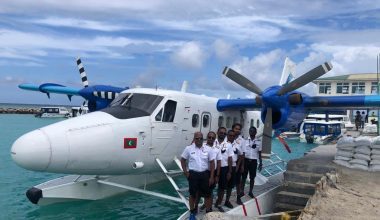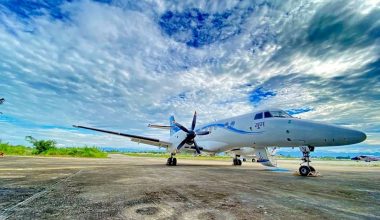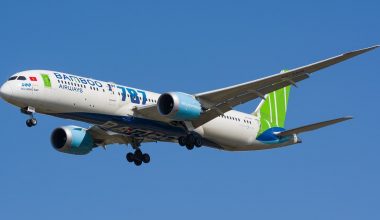More than 24 years have passed since the runways of Kai Tak stopped stretching their arms out to greet pilots on the challenging approach. Kai Tak Airport, the first international airport in Hong Kong, closed its door to the traveling public on July 6, 1925. The airport no longer hosts air operations, yet its legacy and uniqueness will remain in memories for years to come. What’s so special about Kai Tak Airport? Why did Kai Tak cease its operations? Let’s dig into details about this legendary airport.

How did Kai Tak Airport get its name?
Kai Tak traces its root to the failed business development by two businessmen, Sir Ho Kai and Mr. Au Tak, in 1912. They had incorporated Kai Tak Investment Company to reclaim land in Kowloon Bay, which unfortunately turned into a failure. The residential housing plan on the reclaimed land failed, so the British colonial government took over the vacant land. Recognizing the suitability of this unique piece of land as an airfield, a flying school was opened on that site in 1924.
The beginning of a new era in Hong Kong aviation
The new era in Hong Kong aviation began in 1925 when the first recorded flight took to the skies from the Kai Tak site. At that time, Kai Tak was a small glass strip runway facility housing operations of the RAF and several flying clubs. The first control tower and aircraft hangar was added to the facility a decade later, in 1935.
In March 1936, Kai Tak inaugurated the scheduled airline service by landing the first commercial Imperial Airways flight. In the same year, Hong Kong also got its first domestic airline.
Also Read: Will jet era be a successor of aviation industry in Nepal ?
Soon, Kai Tak became an airport for public transportation, and several airlines, like Pan Am, Air France, etc., started operating flights to Hong Kong.
World War II and gradual expansion
Kai Tak fell into the hands of the Japanese army during World War II when it saw the addition of two concrete runways. In 1954, a master plan was approved to develop Kai Tak into a modern airport.
The new 2,529-meter runway that shaped Kai Tak’s identity was built on a promontory into Kowloon bay in 1958. Kai Tok got the official name of Hong Kong International Airport in the same year.
Development work took a rapid pace in the following years at Kai Tak Airport. The notable developments include the extension of runways to accommodate large aircraft and the construction of a new passenger terminal.
In 1974, the Instrument Guidance System (IGS) replaced the visual approach on the runway to guide pilots over the Kowloon Peninsula. By this time, Kai Tak had entered its peak years and was serving 31 airlines that operated in Hong Kong. The airport spearheaded Hong Kong’s air travel boom and offered regular scheduled services to main cities worldwide.
The extraordinary geographical setting of Kai Tak
Kai Tak’s dramatic location setting gave it the title of one of the world’s most difficult airports. Settled in the middle of Kowloon City, Hong Kong’s main air hub required a 45-degree turn below 500ft to line up with the landing strip.
As the city developed, the high-rise buildings spread within spitting distance of the KaiTak runway. Anyone landing in KaiTak would have a chilling experience flying between the tall buildings, passing near the famous orange and white checkerboard. Even the experienced pilots found the KaiTak landing challenging–surrounding green peaks on three sides, alarmingly close high-rise apartments, and the runway overlapping into the sea.
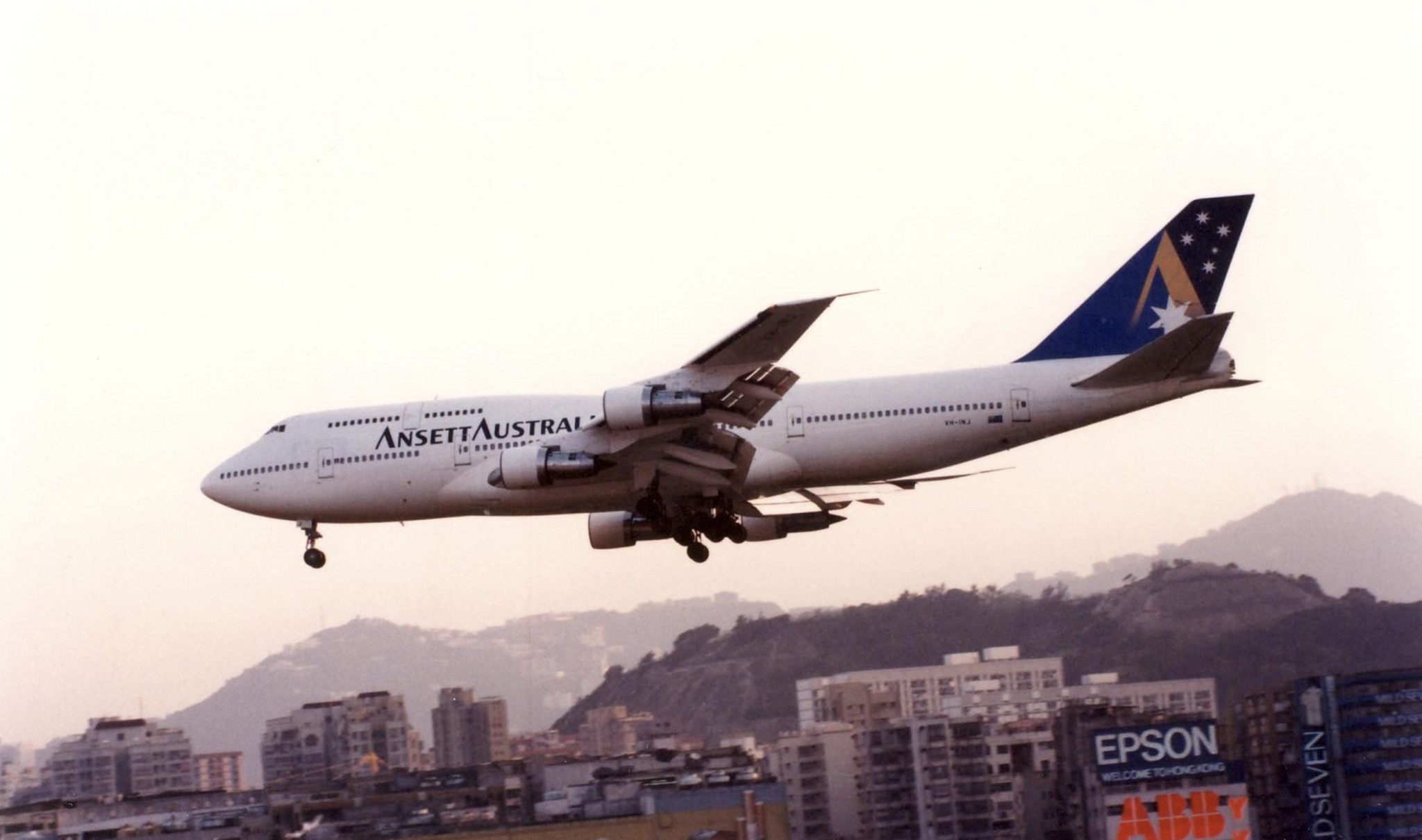
Kai Tak was unique because the aircraft couldn’t just pass over the mountains and rapidly descend for a final approach. It’s due to the complex geography of the area, as the hills blocked the standard straight-in approach. So, the aircraft had to fly above Victoria Harbor, the landform surrounding three sides of the runway, and Kowloon City. The next step after passing north of Mong Kok’s Bishop Hill was to sight and identified the Checkerboard pattern in Checkerboard Hillside. It was the hillside with a large orange and white checkerboard pattern that pilots aimed to line up with the runway.
Checkerboard approach
The KaiTak Runway 13 approach, also known as Checkerboard Approach, was technically demanding for pilots as aircraft instruments couldn’t fly it. The aircraft using the checkerboard approach had to fly visually, making a low-altitude 47-degree right-hand turn toward runway 13 at some 200 miles per hour. The high-performance maneuver tested the skill of even experienced pilots. Due to the technically demanding nature of the airport, the airline captains needed special certification and training to land there.
The runway 13 approach was tough to handle at normal crosswinds and even more challenging during strong crosswinds. The mountain range surrounding the airport changed the speed and direction of the wind, making the landing difficult. Even so, runway 13 was the most-used airstrip due to Hong Kong’s existing wind direction.
The poor weather and hard approaches called attention to the potential aircraft crashes, but accidents were rare.
The milestone of Kai Tak International Airport
Hong Kong’s main air hub, Kai Tak Airport, was instrumental in connecting the city to the outside world. By the boom years of the 1980-the 90s, KaiTak exceeded the planned capacity due to the expedited growth of Hong Kong. Designed to accommodate 24 million passengers annually, Kai Tak made a record by handling 29.5 international passengers in 1996. The airport wrote its name in the history book as the world’s third busiest airport by international passenger traffic. Furthermore, it secured the first spot for cargo by handling 1.56 million tons of international cargo that year.
Capacity constraints at Kai Tak Airport
Despite an unprecedented rise in passenger traffic, the high-density residential developments around the airport prevented Kai Tak’s possible expansion. Moreover, the airport’s proximity to residential areas caused serious noise and engine pollution for nearby residents. To combat the noise, the officials imposed curfews on flights for hours between 6:30 and 11:30.
The airport remained on a growth trajectory for years, yet its terminal was packed to the gills at peak hours.
The capacity constraints, the risk of potential loss of life in residential areas, the nuisance of noise pollution, etc., called for a new airport. Hong Kong needed a new air facility to replace the aging and crummy Kai Tak Airport. The new airport would be far away from the city’s main residential areas and help cope with increasing air traffic.
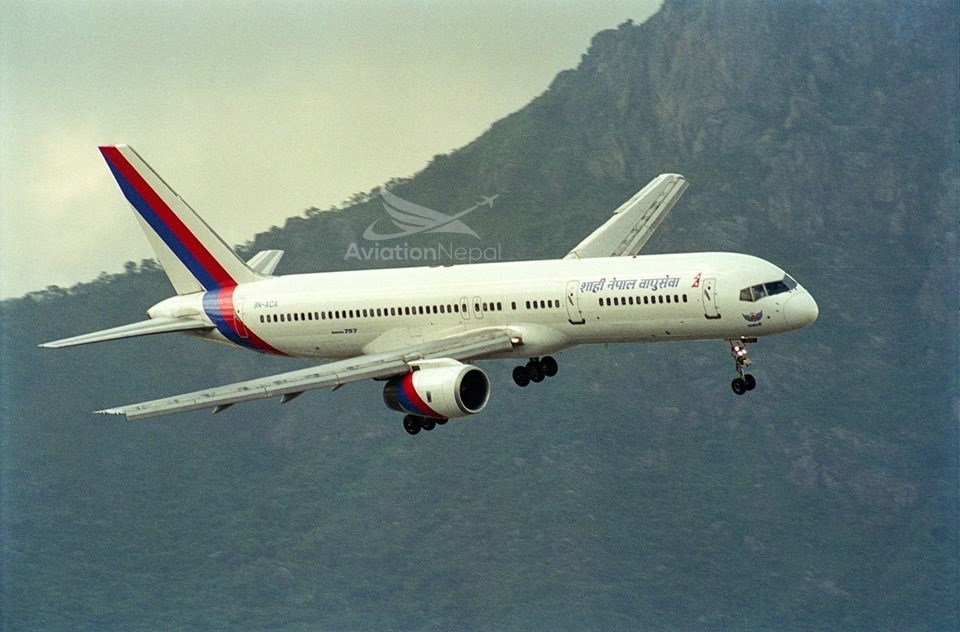
End of the Kai Tak era
In the late 1980s, the Hong Kong Government approved the decision to make a replacement airport at Chek Lap Kok. The new airport, built on a large artificial island, inaugurated its commercial operations on July 6, 1998. Cathay Pacific Flight CX 889 performed the foremost commercial service to the swanky Chek Lap Kok Airport.
With the official opening of Chek Lap Kok Airport, Kai Tak bid farewell to the traveling passengers on July 6, 1998. After the last flight Cathay Pacific CX340 took off from Runway 13 at 01:05 am, the illustrious career of Kai Tak came to an end. Upon the closure of Kai Tak, its successor, Chek Lap Kok Airport, adopted the official Hong Kong International Airport designation.
Airlines that served defunct Kai Tak Airport
Despite KaiTak’s reputation as one of the world’s most dangerous airports, airlines didn’t stop serving the airport. Besides being home to Cathay Pacific, Air Hong Kong, and Hong Kong Airways, it had a presence of over 50 airlines.
Cathay Pacific, the flag carrier of Hong Kong, connected the airport to the key international hubs in the world. In Asia, it offers direct flights from KaiTak to key foreign cities like Tokyo (Haneda, Narita), Singapore, Osaka, Jakarta, Kuala Lumpur, Nagoya, etc. Its Europe network included airports in Frankfurt, Rome, Paris, Zurich, London, etc.
KaiTak enjoyed Cathay’s well-connection with North American destinations like Los Angeles, New York, Vancouver, etc. It also featured routes in Australia, including Adelaide, Melbourne, Sydney, and Brisbane.
Some major airlines serving Kai Tak Airport were Air Canada, Air China, Air France, Air India, British Airways, CAAC, China Airlines, Dragonair, Japan Airlines, Pan Am, China Southern Airlines, United Airlines, etc.
Boeing 747 in Kai Tak
The gradual expansion of the KaiTak runway paved the path for the arrival of jet aircraft, replacing turboprop aircraft. The runway was large enough to accommodate the “Queens of the Skies” Boeing 747. Aviation enthusiasts could spot the remarkable landings of mammoth 747 jets as they made demanding maneuvers at about 650 feet.
It was truly incredible seeing such giant birds flying in such proximity to the ground between apartment blocks and verdant hills. The low-altitude maneuver while landing was so close to residential buildings that passengers could see into their flats.



